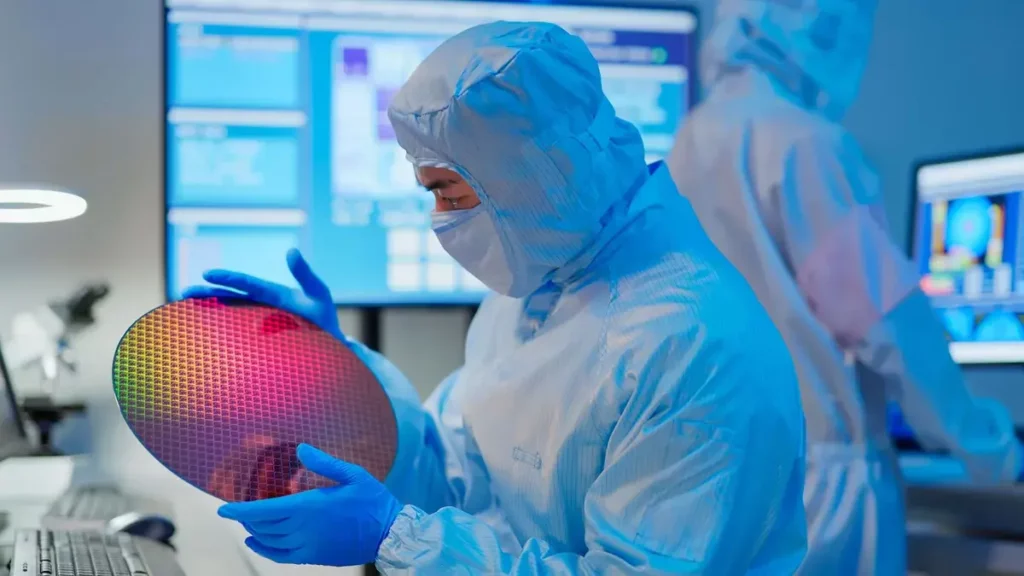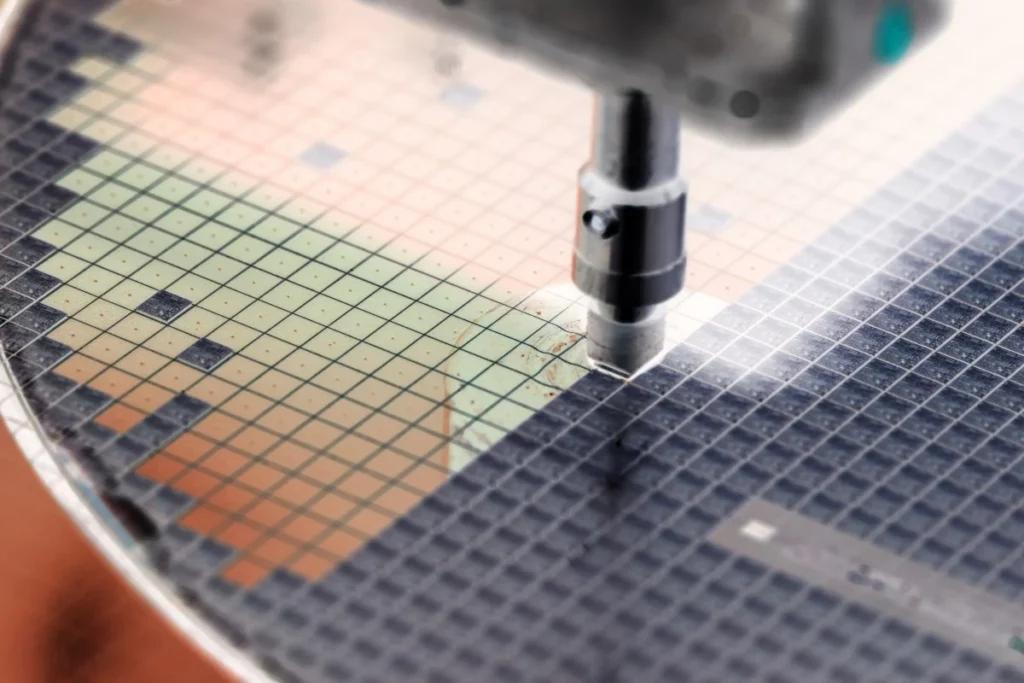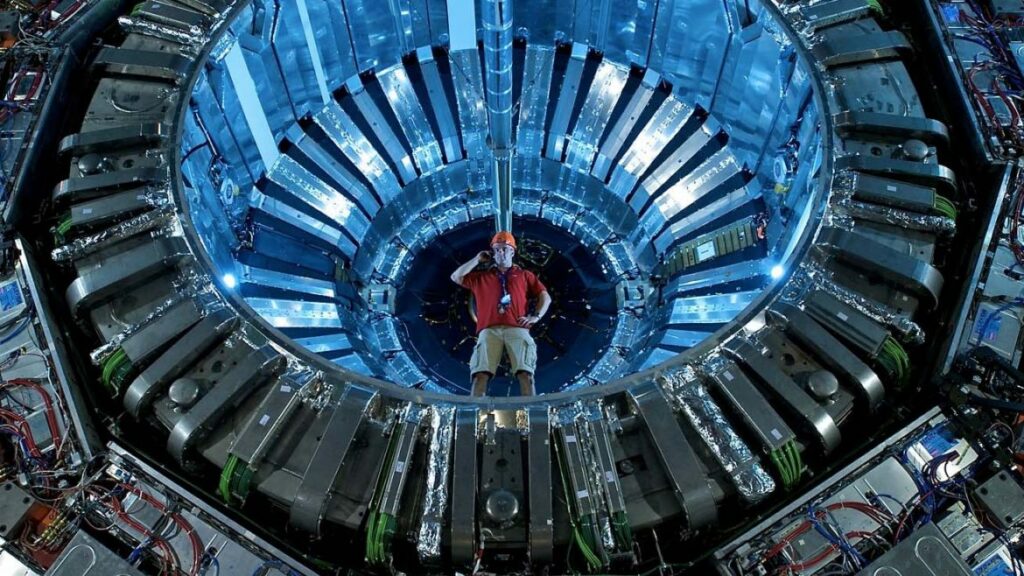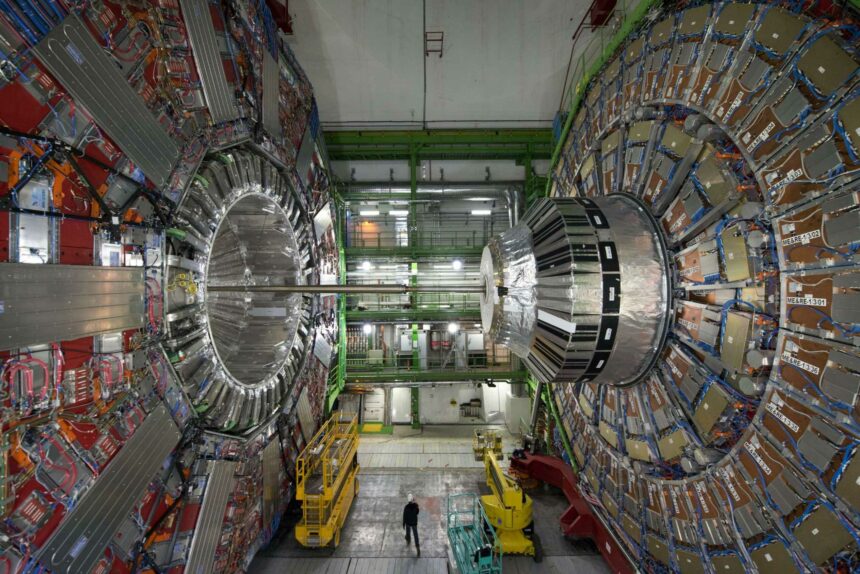Researchers at Tsinghua University are spearheading efforts to establish microchip production in China as a means of circumventing U.S. sanctions, according to a report from the South China Morning Post (SCMP).
They are pioneering a groundbreaking technique called steady-state microbunching (SSMB), which holds the promise of mass-producing top-quality microchips and diminishing China’s reliance on lithography systems currently monopolized by industry behemoths like Advanced Semiconductor Materials Lithography (ASML).

At present, ASML is the sole possessor of this cutting-edge technology, conferring upon it an unassailable market dominance. By the close of 2022, ASML had successfully delivered a staggering 180 Extreme Ultraviolet (EUV) systems, with plans to dispatch an additional 60 of these systems this year, as reported by Bloomberg in April.
This monopoly has prompted countries such as China to explore avenues to challenge ASML’s supremacy, and the researchers at Tsinghua University have emerged as pivotal players in this quest. Professor Tang Chuanxiang, the lead researcher from Tsinghua University, elucidated, “One of the potential applications of our research is as a light source for future EUV lithography machines. I think this is why the international community is paying close attention.”

ASML’s current EUV technology relies on a laser-produced plasma technique to generate an EUV light source. In this process, potent laser pulses are directed at minuscule tin droplets, causing them to disintegrate and emit EUV pulse light upon impact. Following a stringent regimen of filtration and focusing, the resultant EUV light source mustered approximately 250W of power.
However, by the time the EUV beam arrives at the microchip, it has already undergone reflection from 11 mirrors, incurring an approximate 30% energy loss at each reflection point. Consequently, when the beam finally reaches the wafer, its power dwindles to less than 5W. This diminishment of power could pose challenges as manufacturing progresses to the 3nm or even 2nm scale.

In contrast, Chuanxiang and his team’s innovative SSMB technology yield greater terminal power with fewer mirrors, thanks to its narrow bandwidth. This achievement is made possible by harnessing the energy released by charged particles to generate a slender bandwidth of uninterrupted pure EUV light with minimal scattering angles. Accelerated charged particles emit light, rendering accelerators as one of the most luminous artificial light sources available. This revolutionary approach has the potential to not only break ASML’s monopoly but also catapult China into the forefront of microchip production technology.








